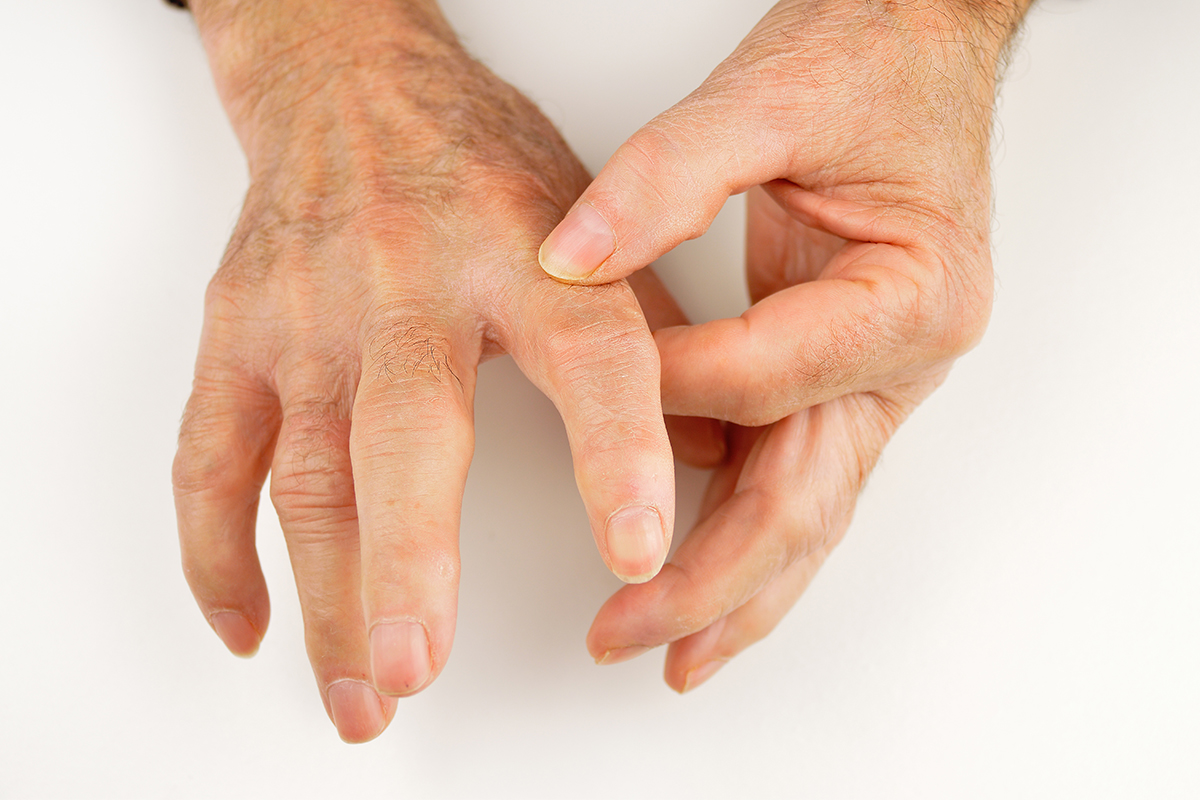
Over View
A broken finger occurs when one or more of the bones in your finger break. Another name for a broken bone is a bone fracture. People often break their fingers due to injury or weakened bones.
Small bones called phalanges make up your finger structure. Each finger contains three phalanges, while the thumb contains two. Any of these bones can break. Breaks can also happen in your knuckles, the joints where your finger bones come together.
You can relieve pain from a finger fracture for a short time with ice and medication. But you’ll need to see a healthcare provider as soon as possible for an X-ray. Depending on the type and severity of the fracture, your provider may suggest a splint to stabilize your finger or surgery to repair the break.
How common are broken fingers?
Finger fractures are the most common sports-related fractures in adults and teenagers in the United States. They sometimes happen along with metacarpal fractures (bones that connect your wrist to your fingers).
Finger fractures often include fractured fingertips and avulsion-type fractures.
What causes a broken finger?
Most finger fractures result from injuries. The most common situations that result in broken fingers include:
- Having a fast-moving object, such as a baseball, hit your hand.
- Putting out your hand to break a fall.
- Slamming your finger in a drawer or door.
- Trauma that impacts your finger, such as a car accident.
- Using tools such as drills, power saws or hammers.
Who is at risk of broken fingers:
People with calcium deficiencies or weakened bones are at higher risk of finger fractures. Fractures are more likely to occur due to:
- Cancer
- Infection
- Lack of calcium (calcium deficiency)
- Malnutrition
- Osteoporosis
What are the symptoms of a broken finger?
If you fracture your finger, pain is likely the first symptom you’ll notice. Your finger may also look oddly shaped or out of alignment. Other broken finger symptoms may include:
- Bruising
- Numbness
- Problems bending your finger
- Redness
- Stiffness
- Swelling
- Tenderness
You may still be able to move your finger even though it’s broken. But moving it will usually cause pain. Sometimes the pain will be dull and not too much for you to bear.
What does a broken finger X-ray show?
Your provider will also order an X-ray to look for fractures. You may need several X-rays from different angles. Your provider uses an X-ray to:
- Compare your handsYour provider may also X-ray a finger on your uninjured hand to compare how your fingers look.
- Check the fracture’s stabilityThe X-ray shows your provider if the fracture stays in position over time (stable) or has the chance of moving out of alignment again (unstable). This information helps your provider decide on your treatment.
- Look for joint damageX-rays also show injury to your finger joints (cartilage surfaces that connect bones). If your joints don’t line up, you may need surgery to try to correct this.